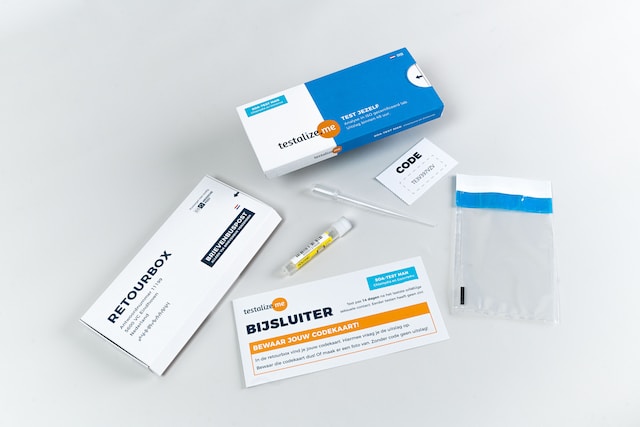Title: How to Know if You Have an STD: Recognizing the Most Common Symptoms and Getting Tested Introduction: Sexually transmitted diseases (STDs) pose a significant health risk, affecting millions of people worldwide. Prompt detection and treatment are crucial for managing STDs and preventing their spread. In this article, we will explore how to recognize the
Title: How to Know if You Have an STD: Recognizing the Most Common Symptoms and Getting Tested
Introduction: Sexually transmitted diseases (STDs) pose a significant health risk, affecting millions of people worldwide. Prompt detection and treatment are crucial for managing STDs and preventing their spread. In this article, we will explore how to recognize the most common symptoms of STDs and the importance of getting tested for accurate diagnosis and appropriate medical intervention.
- Unusual Genital Discharge: Abnormal discharge from the genitals can be a sign of an STD. In women, it may appear as a change in color, consistency, or odor. Men may experience discharge from the penis. Any significant changes in genital discharge should be taken seriously and warrant STD testing.
- Pain or Burning Sensation: Experiencing pain or a burning sensation during urination or sexual activity can be indicative of an STD. This discomfort may result from infections such as chlamydia or gonorrhea. If you notice persistent pain or burning, seeking medical attention and getting tested is crucial for proper diagnosis and treatment.
- Genital Sores, Bumps, or Rashes: The presence of sores, blisters, or rashes in the genital area can indicate an STD. Conditions like herpes, syphilis, and genital warts can manifest with visible symptoms. It is important not to ignore these signs and seek testing to determine the underlying cause.
- Itching and Irritation: Persistent itching, redness, or irritation in the genital area can be a symptom of an STD, such as a yeast infection or pubic lice. While these symptoms may not always indicate an STD, it is essential to consult a healthcare professional for proper evaluation and testing.
- Flu-like Symptoms: Some STDs, particularly during the early stages, can present flu-like symptoms. These may include fever, fatigue, swollen lymph nodes, sore throat, and body aches. If you experience these symptoms and have engaged in high-risk behaviors, such as unprotected sex or sharing needles, it is important to get tested.
- Lower Abdominal Pain: In women, lower abdominal pain can sometimes be a sign of an STD. Pelvic inflammatory disease (PID) is a condition that can result from untreated chlamydia or gonorrhea and may cause pain in the lower abdomen. If you experience persistent or severe abdominal pain, seeking medical attention and getting tested is crucial.
- Changes in Menstrual Cycle: Some STDs can impact a woman’s menstrual cycle. Irregular periods, unusually heavy or painful periods, or bleeding between periods can be signs of an underlying infection. If you notice significant changes in your menstrual cycle, it is important to consider STD testing as part of the diagnostic process.
- Joint Pain: Certain STDs, such as gonorrhea or chlamydia, can cause joint pain or swelling. If you experience persistent joint discomfort, along with other possible symptoms or risk factors, it is important to consult a healthcare professional and get tested.
- Partner Notification: If your sexual partner discloses their STD status or has recently been diagnosed with an infection, it is crucial to prioritize your own testing. Open and honest communication is key in maintaining a healthy and responsible sexual relationship.
- Routine Testing: Regular routine testing, regardless of symptoms or risk factors, is a proactive approach to sexual health. Many STDs can be asymptomatic, and individuals may unknowingly transmit infections to others. Routine testing helps detect asymptomatic infections and allows for early intervention and appropriate treatment.
Conclusion: Recognizing the common symptoms of STDs and understanding the importance of getting tested are essential steps in safeguarding personal health and preventing the spread of infections. If you experience any of the symptoms mentioned, or if you are engaging in high-risk behaviors, it is crucial to consult a healthcare professional, undergo testing, and receive appropriate treatment. By promoting awareness, open communication, and responsible sexual behavior, we can work towards a society where STDs are effectively managed, stigma is reduced, and sexual health is prioritized.





















Leave a Comment
Your email address will not be published. Required fields are marked with *